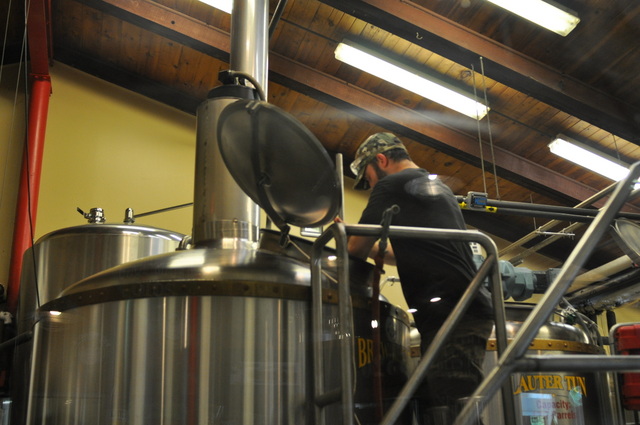
Maybe it’s just our Ohio bias but, to us, Fat Head’s Brewery is a model craft beer success story with a great, nontraditional growth plan — and last month we finally grabbed an afternoon of Brewmaster Matt Cole’s time to talk about it. Well, at least we tried to talk about it. On the brink of opening a new $12 million production brewery and beer hall, and perhaps “being in debt for the rest of my life,” Cole is way more interested in discussing his competitive BBQ strategy. The combinations of ingredients in his rubs. The selection of wood for each smoke. The importance of maintaining temperature. Trimming just the right amount of fat from a brisket.
He’s been honing his Fat Head’s BBQ team’s techniques weekend after weekend, taking home a couple top finishes while still learning the ropes from the masters of the game. While we chat, in the background, brewers are also working on one of eight beers (a black IPA) that Fat Head’s will be submitting to this year’s Great American Beer Festival competition — in which they’ve become a multiple-time medal winner in categories as packed as IPA.
“I guess I’m just competitive by nature,” he says unironically, looking for another great brisket photo to share.
As he continued to relay insight after insight, while flipping through a library of smoked meat photos, I realized, even though I came to talk beer business strategy, this told the whole story more succinctly. Brewing the perfect IPA, smoking the perfect pork butt, building a successful brewery — it all requires an obsessive attention to detail, mastering of techniques and, yes, just the right dash of competitive drive.
Those things won’t guarantee all of the success Fat Head’s has had to this point, but you’d be unlikely to get there without them.
Inside the $12 million expansion
BBQ is not just an obsessive hobby for Cole. Fans know it is just as crucial to the Fat Head’s brand as Head Hunter IPA. Each Fat Head’s location — North Olmstead, Ohio; Middleburg Heights, Ohio; Pittsburgh; Portland, Ore. — has a serious BBQ menu. The brewpub has been pumping out giant, meaty sandwiches and crispy wings for years now, but three years ago Cole had a bigger vision for filling what he saw to be a void in the local BBQ scene. He wanted to create a landmark beer and BBQ destination in Cleveland.
A great vision — one that was apparently shared by others in town. Suddenly in 2016, several high-profile BBQ joints opened up and beat him to the punch, but Cole sees that as a good thing.
“The more people we get to understand what good quality BBQ is — that you’re not going to find at an Applebee’s — the better. I feel like this is where craft beer was years ago.”
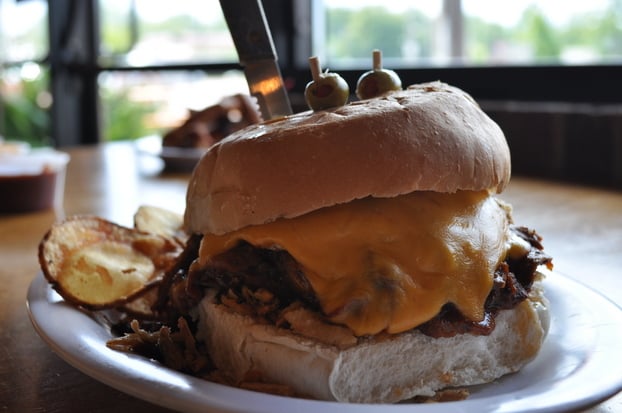
This new location is replacing Fat Head’s previous Middleburg Heights production facility that had a small casual taproom carved out. The new spot will double brewing capacity (30,000 to 60,000 bbls) and more than double its food production and service capacity (going from about a handful of picnic tables and bar stools to 300+ seats with the patio). As successful as Fat Head’s has been, those increases are pushes into the unknown — the process of building success starting all over.
There’s also the task of making sure this location doesn’t cramp the style of its staple North Olmstead location and vice versa.
“We’re trying to do what we can to not have both locations compete against each other. It’s going to be a different atmosphere to start with,” he says.
Inside the space
In Middleburg Heights, the Fat Head’s team wants to build more of a beer hall atmosphere. The 70-bbl, custom-built brewhouse is going to be a backdrop of the bar and the center of attention. Cole describes it:
“When you walk in, that’s what you see. Four vessels, a brew deck that’s about 10 feet high — an amazing drop. There’s a custom-built cooler that goes in front that sculpts it so you don’t see the underside of the brewery, just a clean line of taps and coolers of beer to go. Lot of reclaimed wood. More community seating, elongated stuff. A 3,000-square-foot patio. A barrel-aging room that will double as an event room.
“We created a corridor on both sides that goes around the bar and the brewhouse area to the bathrooms. You’ll see open fermentation, you’ll see the lab, you’ll see the packaging lines and barrel-aging room and a small R&D brewery. You’ll see every aspect of the operation. I think people will appreciate that a guy they see cleaning the floor there is responsible for making their beer. You can look in and see what he’s doing. Just 18 panes of glass between you and the operation.
“There will be chandeliers and Big Ass Fans way up on the raised ceilings. There will be roll-up garage doors to connect the outside with the inside. There will be reclaimed wood put to good use, like old barn beams added to lower the entrance ceiling and take your line of sight right to the brewery. There will be a living tree in the main dining hall with a community table around it. Flexible seating for large parties.”
New brewing equipment and techniques
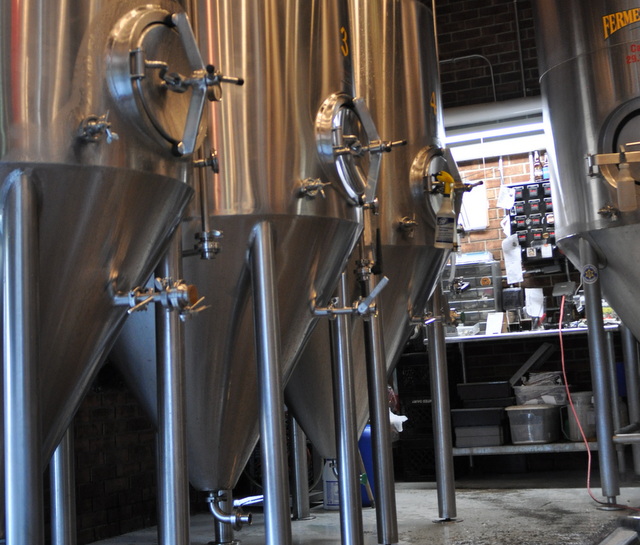
A big scale-up like this, both in brewing capacity and in BBQing capacity is enough to drive a stickler like Cole crazy. He’s been traveling throughout the country the last few months to test out the new smoker that he will be installing in the new location and will be taking the new location’s pit master with him on his next trip. The entire first month the equipment is up and running will be dedicated to R&D.
“Might take a little bit of time to get it dialed in, but we’re committed to feeding our staff and dumping beer if it doesn’t meet our standards,” Cole says.
The scale up also needed a new focus on water treatment.
“The Cleveland Public Municipal Water treatment facility is going through a major overhaul. Our water bills are going up and will escalate over next five years,” Cole says. “We’ve been trying to be proactive with our affluent and putting in an extensive wastewater treatment system from ClearCove to remove solids.”
They will be incorporating equalization tanks to get the PH back to almost neutral. “Should help our surcharges and be good for the environment.”
On the brewing side, Fat Head’s has always turned to BrauKon for all of its needs, because of the German manufacturer’s commitment to improving efficiencies and ergonomics based on their unique process and beers. Fat Head’s has a contract with BrauKon to do everything from the brewhouse to fermentation to process piping and CIP.
“Most German companies say ‘here’s my brewing system.’ BrauKon sent a team of engineers, looked at how we brew and really listened to our style of making beer. They custom-built a brewery to help us achieve what we’re trying to get out of our brewhouse. They looked at things like quantities, they looked at all of our recipes and asked ‘how do you do this?’”
The coolest equipment upgrade: The HopBack Pellet Pro
Fat Head’s hop backs most of its beers, but new to this location — and the entire craft beer industry because Fat Head’s is the first in the world to use it — is BrauKon’s HopBack Pellet Pro. This dosing chamber comes in at the tail end of the hop-backing.
“We can run the wort through at the last minute before we cool it, which will expose the wort to some really cool essential oils and flavors,” Cole says. “We’re the first brewery in the world to run a combo HopBack and HopBack Pellet Pro.”
Another cool upgrade: Fat Head’s is using heat exchangers to cool the wort at every turn.
“Post-boil, we cool it from the brew kettle to whirlpool or from whirlpool to hop back or the whirlpool to HopBack Pellet Pro,” Cole says. “My idea is we want to lower the temperature of the wort to the point that it’s sterile, but you are just getting the oils and not the bitterness. We’re trying to not get the iso alpha acid bitterness. We just want the flavor on the tail end and the bitterness to balance sweetness.”
Fat Head’s will be trying its hand at some open fermentation too — a floatation tank that removes the cold trub from the brewing process in a filtered air, sterile room. Cole has wanted to do this for a while and believes it will be great for the flavor of its Belgian and German ales.
Future plans for expansion and Innovation
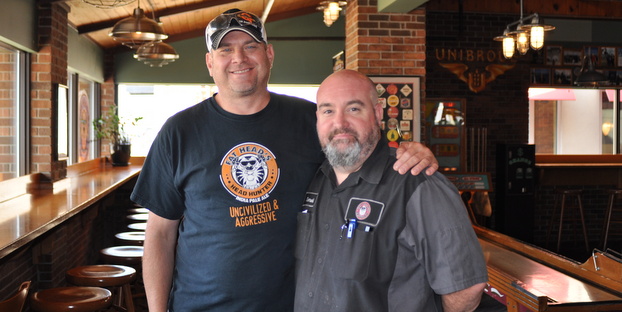
The Portland move once had its critics, but it is now a staple of downtown (and the only good BBQ you are going to find) and has been useful in putting the brand closer to its hop suppliers. The North Carolina expansion is on track to start in late 2018, and a third Ohio location in Canton is nearing its opening day too.
Back in Middleburg Heights, the plan calls for getting to that 60,000-bbl capacity in five years and allow them to distribute to the pockets of Pennsylvania they are currently missing as well as open up Kentucky, Michigan and parts of New York. “We’ll start there and see where that takes us, but once you get past Indiana where do you go? Chicago? Maybe, but it’s so saturated at this point. People are more familiar with us in these mid-Atlantic states.”
Beer-wise, Cole also wants to expand on their sour and wild beer program, which they never had the capacity or time to do before. Now, Cole admits he “brews the beers he likes to drink” and “never been one to just seek out that marketing niche.” So, is a sour program a departure from that philosophy? Is this just chasing a niche? Not only is the answer no, but it’s the final, secret ingredient in Fat Head’s recipe of success.
“I don’t drink a lot of sours and haven’t put a lot of emphasis on it, but I appreciate it. And I’ve got people who really love it and want to grab ownership of it and be artists. So, I’ll be along for the ride, but they’ll spearhead a lot of it. Those are the things that keep a company fresh, keep your culture online and make it a cool place to work. Give people opportunity to do that, use the R&D brewhouse and gives them creative expression.”

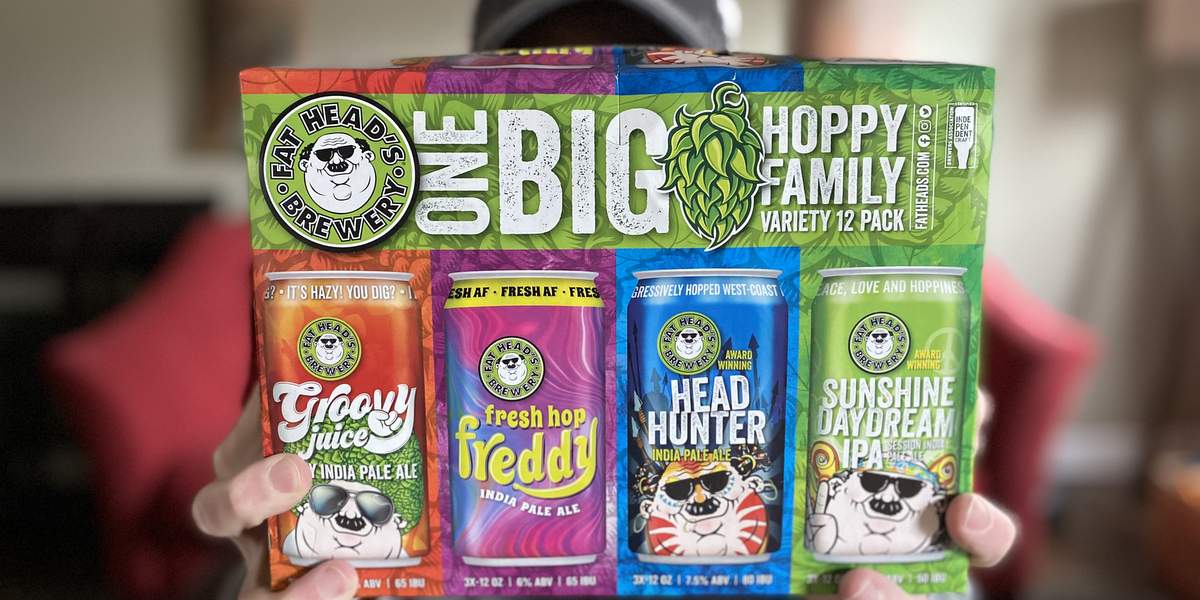
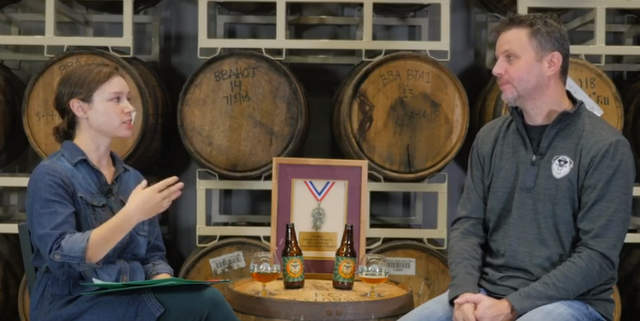

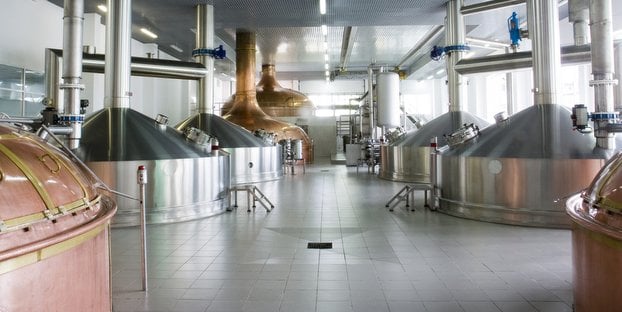
[…] Read More… […]